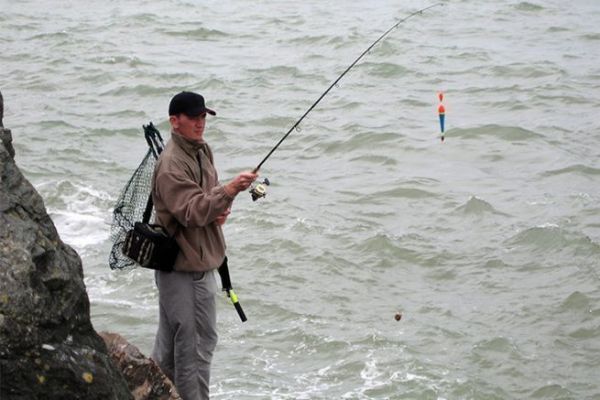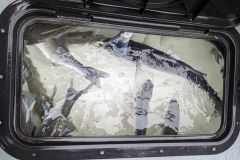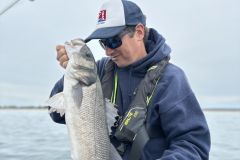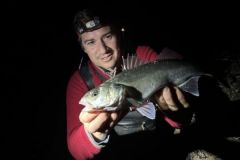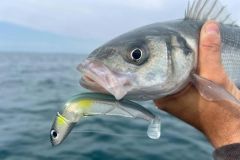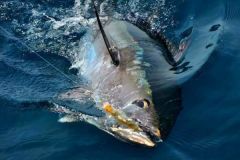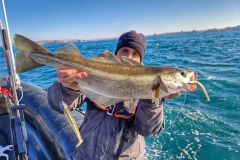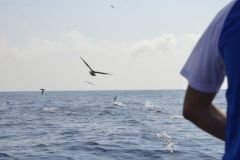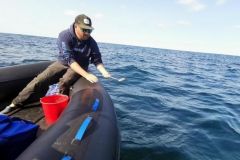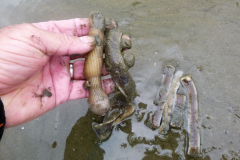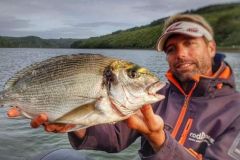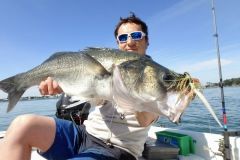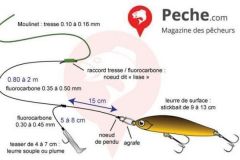Low bait consumption
Bait requirements are one of the positive factors of this technique. If you're used to collecting bait from the bottom of a bucket for surfcasting, you'll be surprised at how little bait you need for float fishing. For several hours of float fishing, for example, all you need is :
- a few crabs harvested from the riprap,
- a handful of shrimp caught in the tarpaulins on the beach,
- a dozen bouquets harvested in one port,
- a few small whole squid caught in the off-season,
- five or six tacauds captured in port,
- dozens of worms harvested at the worm pump.
Baits for sea bass on floats
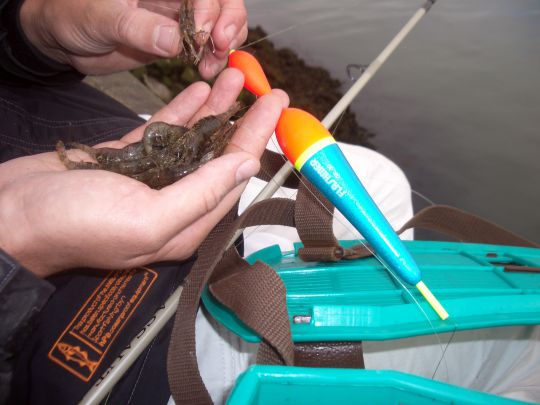
In spring and summer, crabs and shrimps are highly prized by bass. Crabs are then in their moulting phase, and both a soft crab and a live bouquet are irresistible baits whose scent can be smelled from a great distance. As long as there are no hits, the bouquet or soft crab should only be changed after 6 or 7 casts. This kind of itinerant fishing lets you try out different fishing spots fairly quickly.
In August, sea bass start to feed on shellfish. This is the time to try a few cockles on a n° 3/0 octopus hook. In September, with the first gusts of wind, arenicolas and razor clams are the bait of the season. From October to December, bass eat cephalopods and the live fish left in the rocks: pout, whiting, pollack, gobies...

Don't hesitate to hook a small whole squid on a two-hook tandem rig, even if it means surprising your fishing neighbors.
Float fishing can be practised at dusk, with a small livebait, a knife or a cuttlefish white. If you don't get many bites, prefer coefficients between 60 and 90, and remember that a sea bass biting on white bait at the end of the season rarely weighs less than 2 kilos. The perfect way to end a fishing season!

 /
/ 